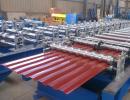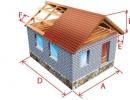Waterproof heating systems
Winter and early spring is a special period for which Icicles hanging from the rods are characteristic. And they look quite threatening. They can harm you. And worse, when the entire drainage gutter is ignifiers. In most cases, the system will be needed to change or replace a separate item. But in the winter the drainage system does not freeze, and dangerous icicles did not hang from the skates, there is a simple solution - the heating system of drainage. Thanks to her, the root and gutters are not scary.
But why is ice on the skes and in the drainage? How does the roof heating system arranged? What are its components? All this we learn from the article.
Why the ice appears
See the root of the problem. Icicles appear not just like that. This accompanies at least two factors. What exactly?
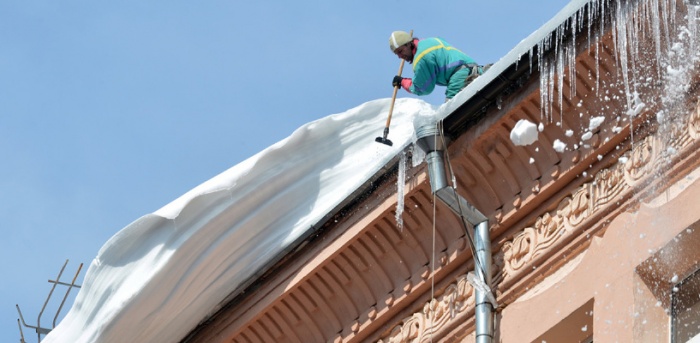
These are two main causes of land formation. To solve this problem, you will have to do the roof and drainage. This means that the plus temperature will be constantly maintained in them, so the liquid will not freeze. And what are the heating systems of the roof and drainage? Let's find out.
What is the heating of the waterproof system and the roof slide
What is the main element that performs all the work on heating? If we talk about the seppe of the house, then everything is clear here, there are pipes and radiators. And what insulates the gutter? This is a heating cable for drains and roofs. It is paved throughout the perimeter of gutters, pipes and swells so that it supports their temperature. It is noteworthy that such heating wires are used not only for heating the roof, but also for water supply, fire safety systems, for fan pipes, etc.

What is the essence of insulation? Heating cable for roofing is mounted in all elements of the drain. It performs heating due to electrical energy that comes from the outlet. So that the system worked properly, there are many additional items that we will talk about later. They measure the temperature outside, start or stop the heating, serve as fuses, etc. The wire passes with electricity, which heats it, issuing the necessary heat. There are two different types of cables that can be insulated roof and drainage.

But the self-regulating heating cable acts differently. It is not so simple, but quite highly technologically. It has copper conductive veins, insulation of thermoplastic elastomer, protective braid and main isolation. But the peculiarity of the heating element is its semiconducting self-regulating matrix. It interacts with the temperature outside, and, depending on it, changes the resistance of the wire. As a result, the degree of heating on one or another plot is changed. But what does it give? What is heating cable for drainage to choose?
Resistive or self-regulating
We looked at two types of cables, but which one is better than they differ and what are their advantages? The resistive cable is not entirely economical. The thing is that the temperature is always the same on all areas, which increases energy consumption. It is much cheaper than self-regulating cable and has such advantages:
- Fast heating.
- High heat transfer.
- It is capable of ensuring a constant value of the heating system.
- Has a low price.
- Requires low starting current.
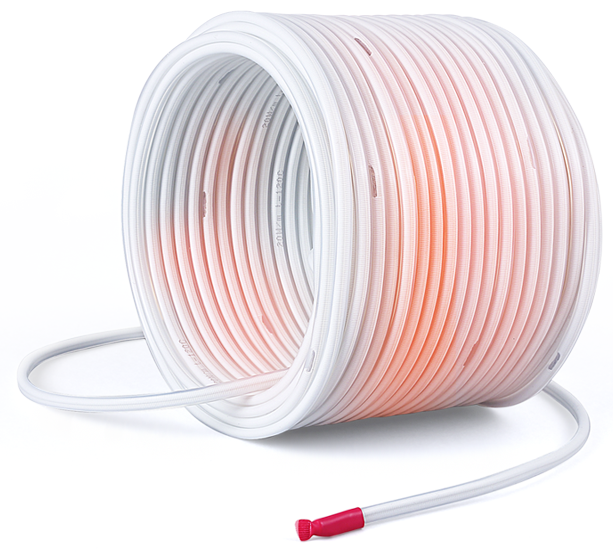
But still, the flaws are also enough. And they are pretty serious:
- Large consumption of electrical energy.
- It has a short life.
- In places where there is a reheat, the cable can overcome.
All together it negatively affects the work of the cable. Although it is cheaper than self-regulating, but will last less, it can overcome, and the funds that you spend on the heating will be much larger. And what to say about the self-regulatory cable for the heating system?

Its main advantage is the ability to control the air temperature outside the house, adjusting its temperature mode. This means that it will not constantly spend thermal energy on unnecessary heating of the drain and roof. All energy it uses purposefully and economically. The advantages of the reality:
- economical energy consumption;
- ease of installation;
- increased resistance to burnout;
- high level of insulation;
- long operational period;
- universality, it can be used for any kind of roof with any coating.

As for the shortcomings, their little:
- High price.
- Slow heating.
- Requires high starting current.
Most prefers to use a self-regulating cable for heating drainage. But in order to save money, you can consider the combination of one and other type of cables. But, without additional elements of the heating system, the cable would be useless. What are these items?
Complete set of wastewater heating system
To perform waterproof heating, you need to have a complex of components:
- Fastening elements.
- Switchboard.
- Distribution network components.
- Temperature regulator.
But, this is not all. If we talk about the control panel, then it includes:
- a protective machine consisting of three phases;
- a device that forcibly disables the system (UZO);
- four-pole contactor;
- single-pole protective machines for each phase;
- signing light bulb.
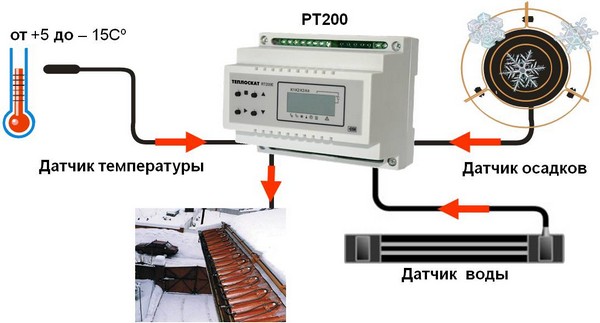
If we talk about the elements of the distribution network, then they are 4: the power cables that feed the warmer wires, signal cables that serve to connect the thermostat sensor with the control panel, mounting boxes, couplings that allow you to make a sealed cable connection.

The thermostat is a sensor that adjusts the entire heating system. It can perform control through a thermal sensor or meteorological station. The thermal sensor launches the heating system at specified temperature indicators. It measures the air temperature, and if it falls below the programmed, then includes the system, and vice versa. But the meteorological station not only determines the temperature, but also measures the precipitation and the process of tanya snow on the roof. It's all about the humidity sensor.

If the cable heating is performed by means of a thermal sensor, then the owner will need to start and turn off the heating system when there are precipitates, and when they are not. If the meteorological station is used, then the entire process is fully automated. But if you compare the price, then it is more profitable to run in the work of burffins yourself, using the thermal sensor. Now you know how the roof heating works. The cable in one or two threads are mounted in the gutters, pipes and on the roof skate. The system is going and everything starts to work.

- To save money and increase the efficiency of the system, combine the resistive and self-regulating heating elements. For the roof, use a resistive type, and for the drain system - self-regulating.
- Fix the cable in the pipes and chutes you need a mounting ribbon with a maximum thickness. So you can provide good fastening.
- The step of fastening the resistive cable is 250 mm, and self-regulating - 500 mm.
- All cables must be connected by means of a shrink tube, as water getting inside is unacceptable. The joints should be well inlaced.
- It is impossible to drill the roof. Fastening the roof cable. Perform a sealed mounting ribbon.
- All sharp items near the cable must be removed.
- It is better if all components of the heating system are from one manufacturer.

Conclusion
If you do not want icicles or flashing on the roof to damage both your family and the elements of the roof and drainage, the heating device will solve all your problems.


